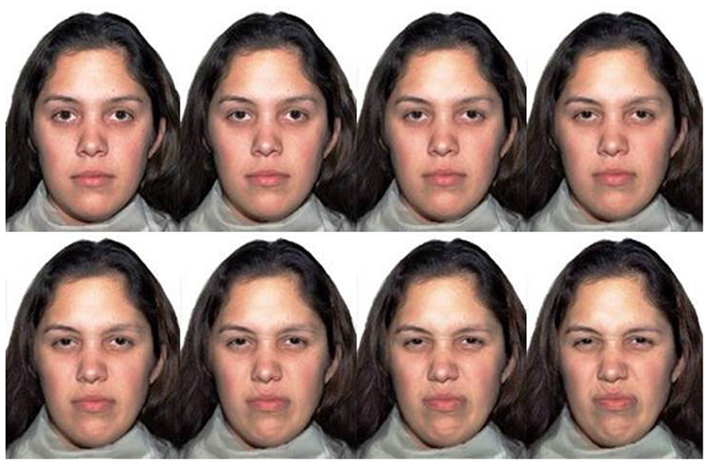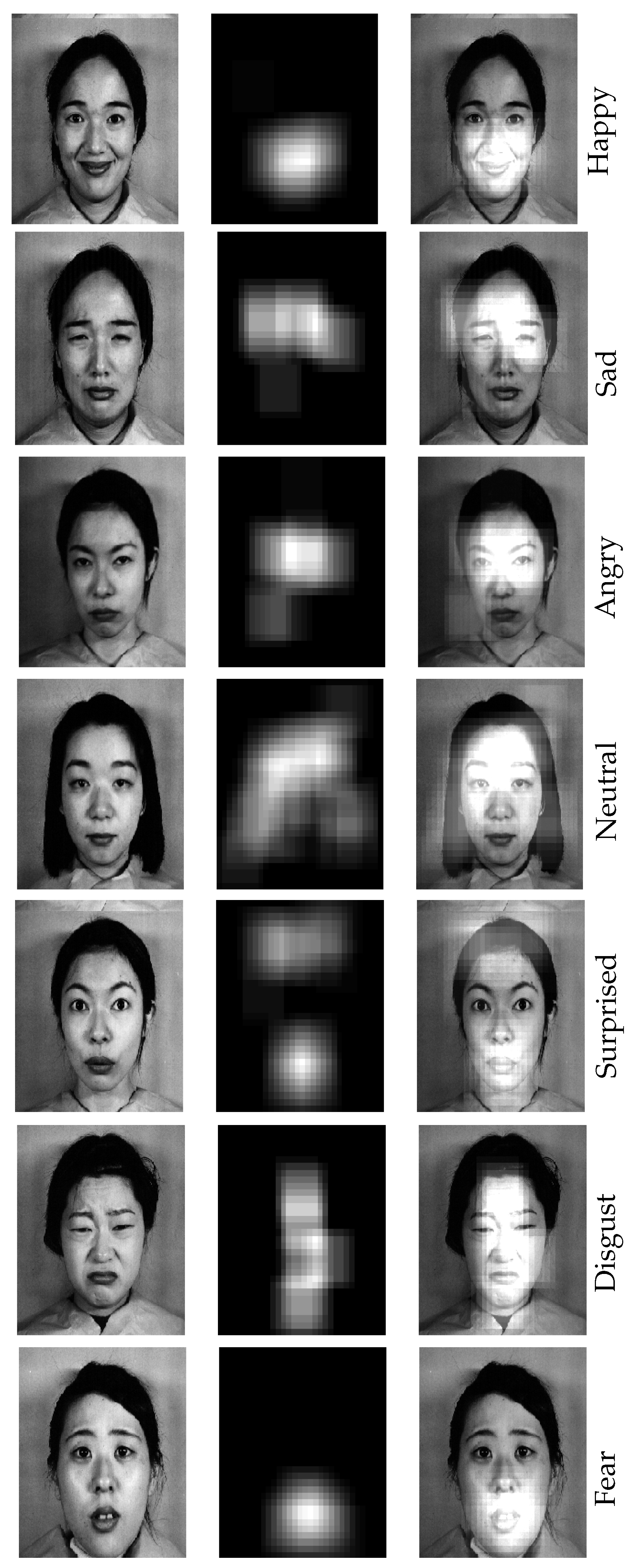
- Ekman 60 Faces Test Software Program
- Ekman 60 Faces Test Software Free
- Ekman 60 Faces Test Software Update
- Ekman 60 Faces Test
- Tuesday 21 October 2014, 16:00-17:00
- 2nd Floor Seminar Room, Department of Psychology, Downing Site, Cambridge.
If you have a question about this talk, please contact Chan Yin Wah Fiona.
It is well documented that brain injury patients suffer from impaired emotion recognition. As one of the most widely used measurement tools, the Ekman 60 Faces test assesses the ability to recognise emotion via forced-choice labelling of facial expressions with one of six basic emotions: happiness, sadness, surprise, fear, disgust and anger. The administration of the test on brain injury patients is psychometrically problematic in terms of scoring accuracy, measurement invariance and assessment efficiency. The work presented in this talk aims to evaluate the psychometric properties of the Ekman 60 Faces Test and applies modern psychometric techniques to improve its accuracy and efficiency.
Ekman 60 Faces Test Software Program
Software manual v 2.1 The TVTC FEEST CD contains The Ekman 60 Faces Test The Emotion Hexagon Test A collection of FEESTstimuli FEEST manual Various additional files: software manual/help (i.e. This manual); license; registration; and read-me. The Ekman 60 Faces Test.
This work benefits from drawing on a large database of 194 brain injury patients, which is very rare in clinical research. Both classical statistical analysis and modern psychometric methods are applied to the detection of emotion recognition deficit in brain injury patients in contrast to a non-afflicted control group. Confirmatory Factor Analysis reveals that a bi-factor model exhibits the best model fit. It specifies a general factor of emotion recognition and six specific factors corresponding to specific emotion recognition. Factor scores, which take into consideration the differential difficulty levels of the items, are suggested as indicators of the underlying abilities. Item Response Theory analysis is then performed on the individual scales, and measurement invariance is further evaluated. After removing constraints on items that display bias, (partial) scalar invariance is established for specific emotion recognition scales. Finally, two distinctive approaches are employed to achieve brief measurement. First, a short form of the original test is developed with four items per scale balanced for the gender of the expressive face. Second, an adaptive testing procedure is simulated in order to explore the application of adaptive testing techniques to neuropsychological assessment, which has the potential to significantly shorten the administration while maintaining comparable level of accuracy and precision to the full-length scale.

This talk is part of the Cambridge Psychometrics Centre Seminars series.
- A Short Test On Recognizing Facial Expressions. Recognizing facial expressions is a sign of good emotional and mental health. The following quiz tests your abilities on cognitive recognition of faces. A score lower than 60% means that your mental health is not stable, and you need to get yourself checked by a psychologist.
- Software manual v 2.1 The TVTC FEEST CD contains The Ekman 60 Faces Test The Emotion Hexagon Test A collection of FEESTstimuli FEEST manual Various additional files: software manual/help (i.e. This manual); license; registration; and read-me. The Ekman 60 Faces Test.
- The FACS Final Test is the only standard for proficiency in FACS coding that is available. Anyone who wants to state that they know FACS and can code in FACS must pass the FACS Final test. After completing the self-study, or a workshop, you can take the final test for certification. The Paul Ekman Group offers the FACS test for sale.
This talk is included in these lists:
Ekman 60 Faces Test Software Free
Note that ex-directory lists are not shown.
APRIL®provides a proven tool* to complement health and wellness programs, science education, law enforcement, and consumer information.
APRIL® works on individual computers or tablets for 1:1 consultations, integrated through the APRIL® API for customized use on a website or mobile app, or in a touchscreen kiosk for on-the-spot face agings.
APRIL® Face Aging software products are powerful and effective because they provide a personal “before and after” view of your own face as you age. Unlike simple morphing technology, APRIL® shows how real people age. Our “aging engine” extracts specific aging characteristics from our database of several thousands of real people’s 3D head scans, across five ethnic groups, male/female, ages 7 to 70. Used by hundreds of clients in more than 25 countries. The software also shows how you will look as you get older with various the effects of risky lifestyle behaviors including obesity, smoking, and heavy sun exposure. Results are produced in a “contrast and compare” output that can be shared, emailed or printed.

The software is available on annual subscription via download to individual computers (for professionals in a one-on-one setting), through the APRIL® API for customized use on a website or mobile app, or in a touchscreen kiosk (similar to a “photo booth” in public and retail settings) for on-the-spot face agings.
How APRIL®Creates Value
Ekman 60 Faces Test Software Update
- Provides a high-impact engagement tool
- Offers a personal and customized way to deliver health messages and education
- Acts as a catalyst for collection of data for research and customer analytics and member follow-up
- Appeals to the average consumer/patient, easily accessible
- Can attach to brand marketing of products and services

Download the AprilAge Fact Sheet for Health Providers, Employers and Insurance Companies
Ekman 60 Faces Test
*In a randomized controlled Australianresearch studypublished in the Journal of Medical Internet Research and conducted within Australian pharmacies using the APRIL® Face Aging software, 13.8% of the study’s participants quit smoking after engaging in the face aging visualization process, well above 1.3% in the control group that wasn’t exposed to face aging visualization. Results verified by CO testing six months post-study. The study also found that the smokers were willing to pay for the face aging service.